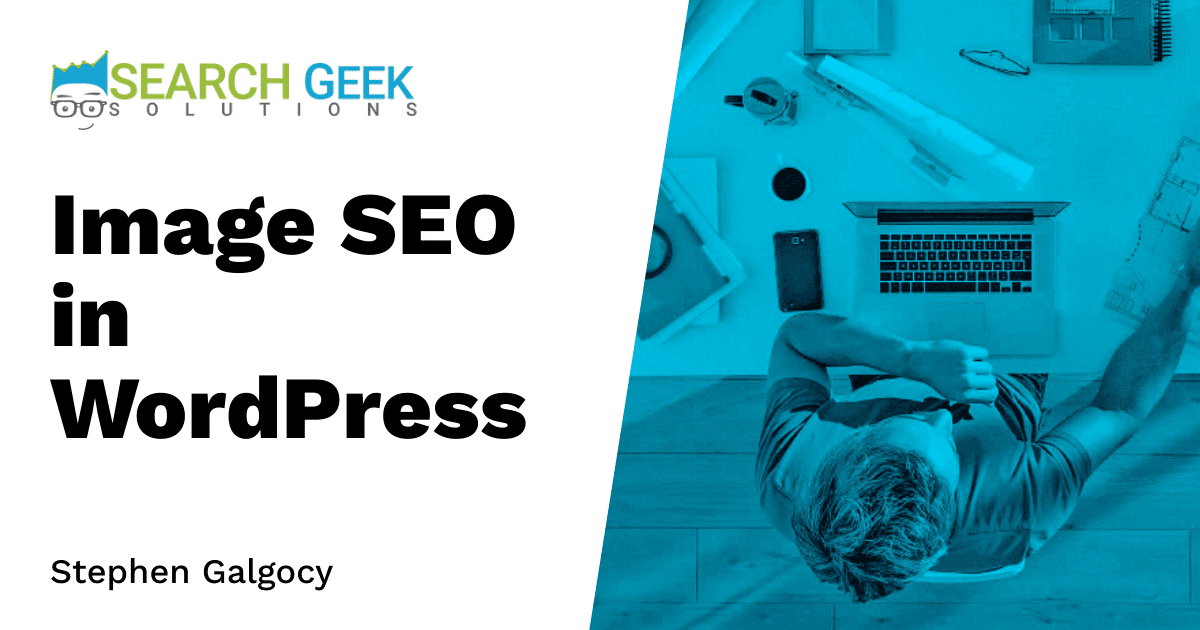Optimizing images for SEO is a critical component in WordPress that often gets overlooked. It is not just about uploading the images, but how you handle them before the upload, during, and after. The article unpacks this aspect entirely, exploring its significance, providing a strategic guide on how to optimize your images for search engines, and the tools you need to make the work easier and more effective.
Why Image Optimization is important
Image optimization plays a crucial role in enhancing the performance and user experience of your WordPress site. It ensures that your site’s resources are not overstretching the limits, especially on bandwidth, thereby ensuring fast loading times. Higher site speed results in a better site ranking as users enjoy seamless navigation. Also, with proper alt text and descriptions, images are a great tool to enhance your site’s visibility on search engine result pages (SERPs).
The role of WordPress in image SEO
WordPress, being a robust content management system, offers built-in mechanisms that support image SEO. It allows you to add alt text, image titles, and descriptions on the image details page. WordPress also supports different image compression plugins that help reduce the image file size without losing the quality.
Image Optimization Strategies
Here are some strategies to optimize your images for SEO in WordPress:
1. Choosing the right file format
Ensure the format of the image file suits your needs. JPEG, PNG, and GIF are the most common formats. JPEG is perfect for detailed, colorful images whereas PNG is ideal for simple, less colorful images. GIF is suitable for small animations.
2. Use descriptive file names
Search engines gain valuable information from your file names. A descriptive, keyword-rich file name gives your image more relevance and increases your visibility on SERPs.
3. Scale your images
Large images take longer to load which affects site speed. Ensure you always scale your images to the appropriate size before uploading them to WordPress.
4. Use image alt text
Image alt text improves web accessibility and provides a description of the image for search engines—which can boost your image’s visibility on Google image search.
Image Optimization Tools for WordPress
Here are some tools that can enhance your image optimization efforts on WordPress:
1. ShortPixel
An effective tool that compresses images on your website, reducing their size and improving site speed.
2. Smush
This tool not only compresses your images but also enables you to lazy load images, thus saving resources on your site.
3. EWWW Image Optimizer
EWWW Image Optimizer automatically compresses new images and can also easily optimize your old images in bulk.
4. Imagify
Imagify optimizes images without losing quality, reduces image file sizes, and hence, improves the loading times.
Frequently Asked Questions (FAQs)
1. Does image SEO really matter?
Yes, image SEO does matter. Properly optimized images can result in improved website performance and more traffic from image search engines.
2. What’s the best format for images on my WordPress site?
There’s no definite answer to this as it largely depends on the specific needs of your image. However, JPEG is commonly used for detailed and colorful images, while PNG is used for simpler images and GIF for animations.
3. Is there a recommended size for images on WordPress?
The ideal size largely depends on your specific theme’s requirements. However, it’s recommended to use images that are no larger than the width of your content area to avoid slowing down your site’s loading time.
When you properly optimize images on your WordPress site, user experience improves significantly alongside your website’s performance. Your site also gets more visibility on search engine result pages due to higher SEO rankings. Therefore, let’s not overlook image SEO, let’s leverage it to enhance our WordPress sites.

